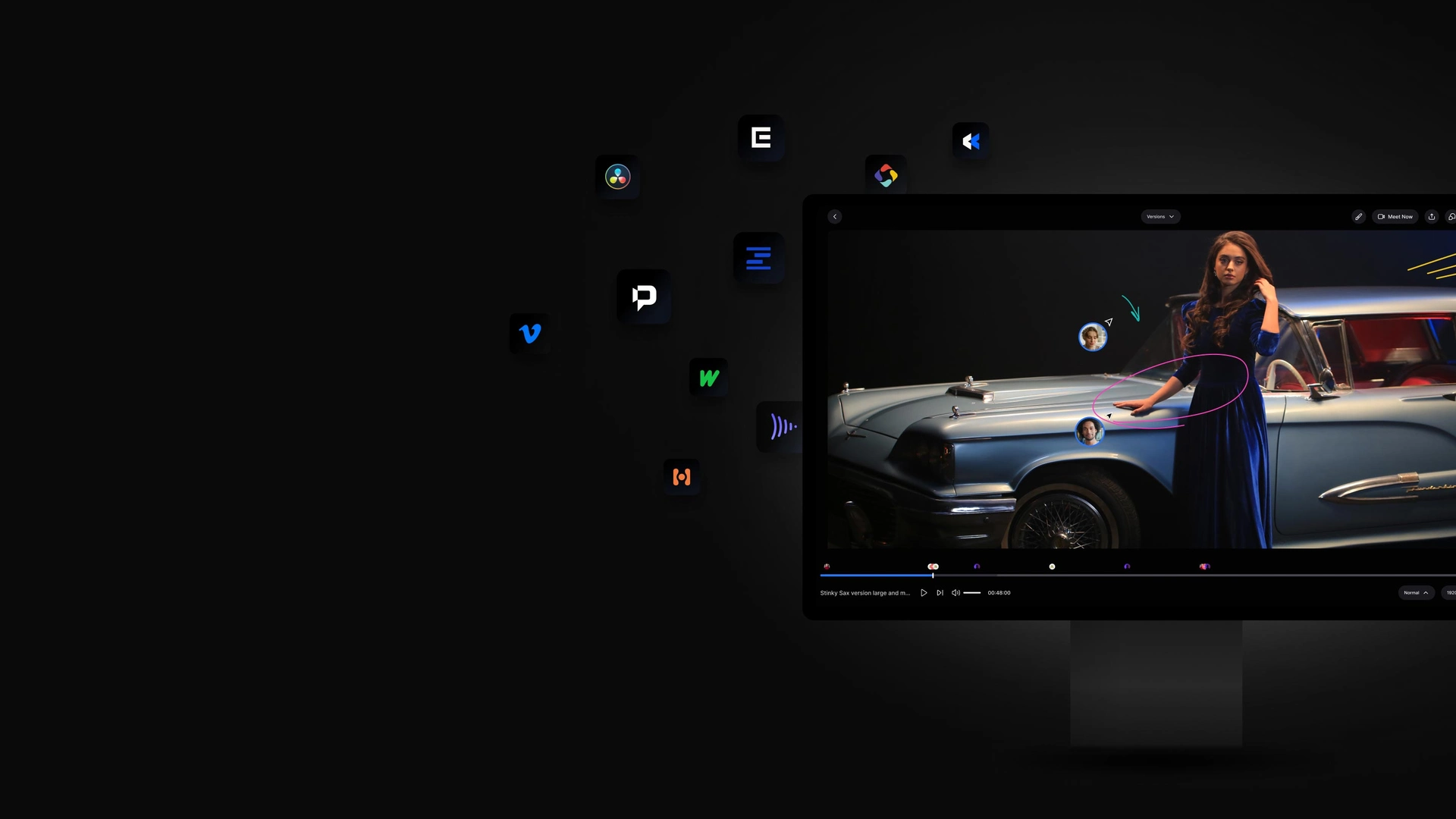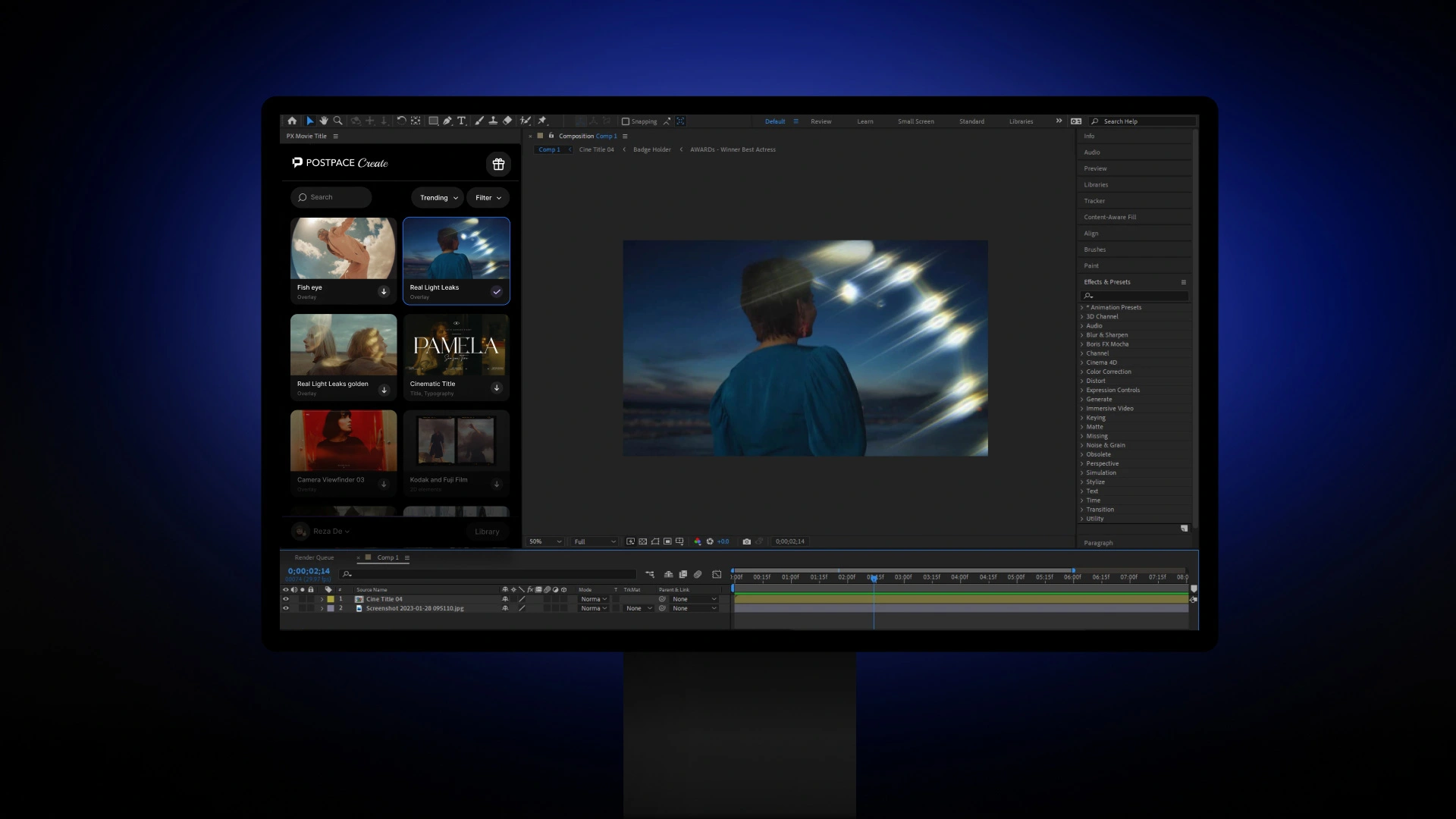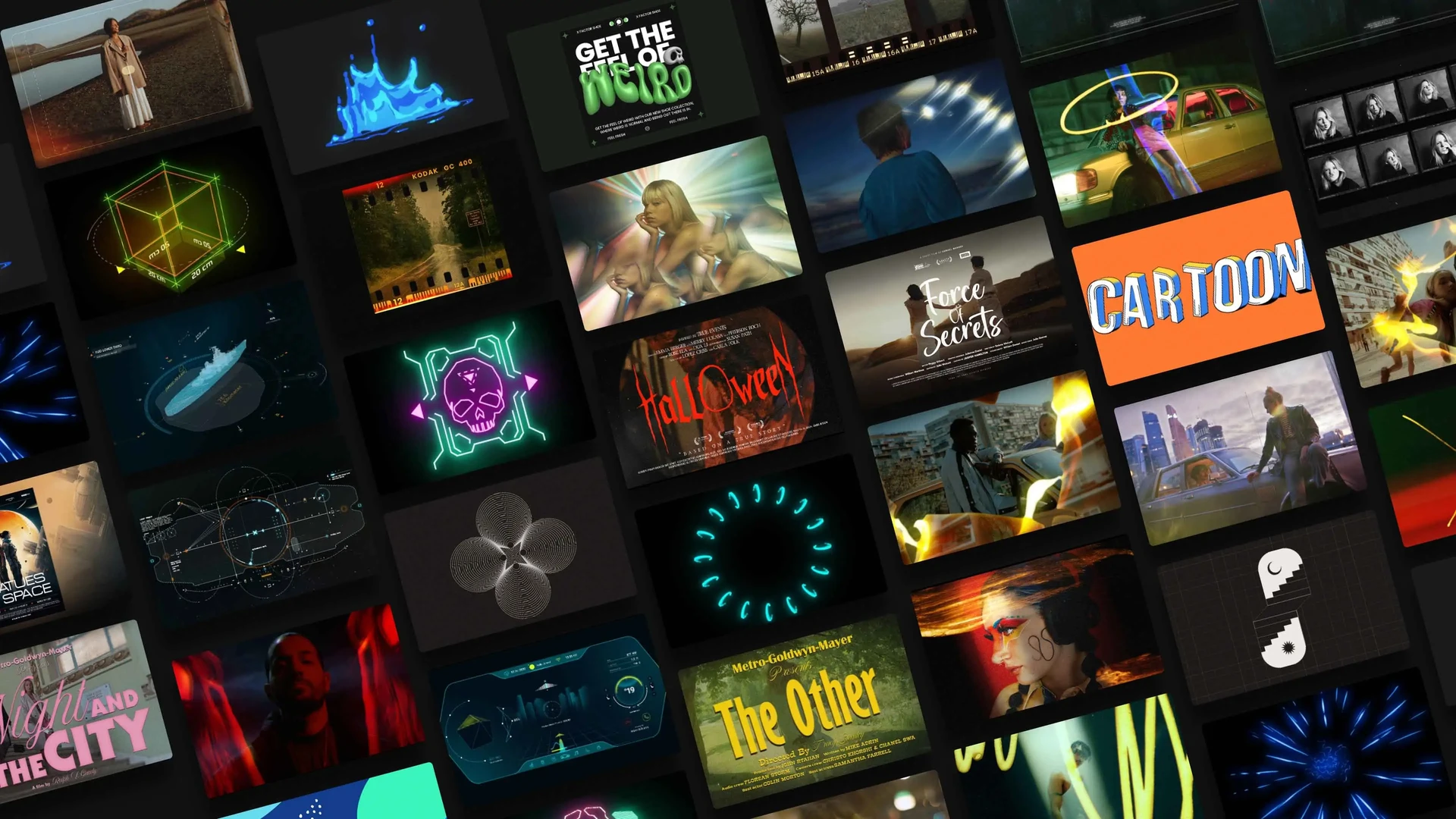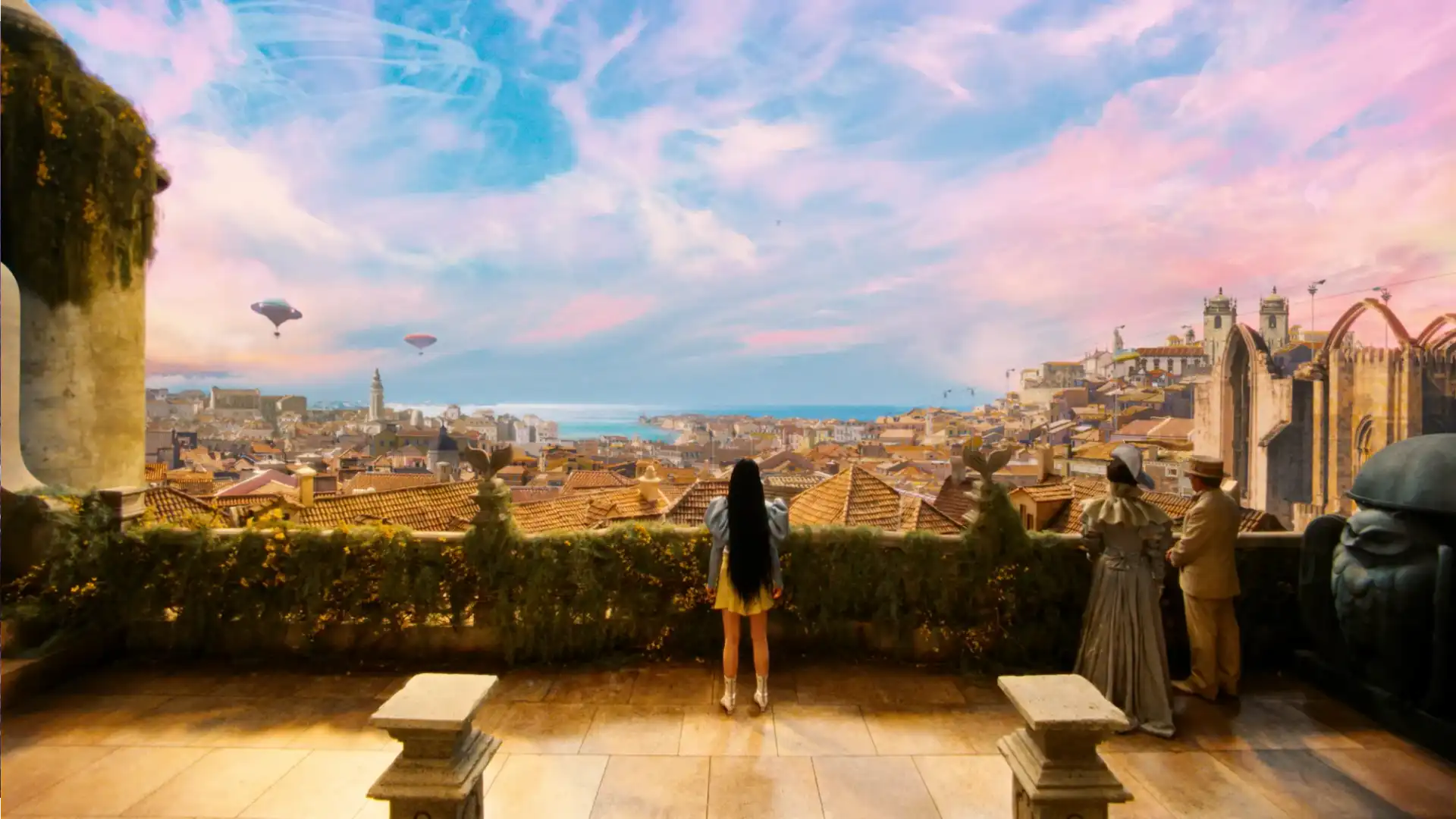From the first lines of the script to the moment of awe and wonder in the mind of the audience, the whole process is the A to Z of a film project. In fact, not only films but many successful products in the world, whether they’re physical or not, are a result of successful project management. So project management is what turns an idea into a thing like a product or a film and if done right, can even enhance the initial idea along the way. Today we want to talk about the different aspects of a film project, from the things that should be considered to the people who are responsible for it and the stages of the project, so let’s learn the ropes together.
Roles & Responsibilities
Just like every other project, a film project has managerial positions to keep track of everything and make sure to deliver it properly. Basically, there are three roles in managing a film project although there are films that one person does them all. The three main leaders of a film project are the producer, the director, and the production manager.
Producer
The film producer is the first responsible person for the film project and in some cases is the one who hires the director based on the vision of the film. But there are also times that a director goes to a producer with a script or proposal and it ends up creating a movie. S/he creates the conditions for movie initiates and takes care of things like raising funds, hiring key personnel, and arranging for distributors. The producer is involved throughout all phases of the filmmaking project from development to completion.
Director
Generally speaking, the director is the one who leads the creative aspects of a film. S/he arranges the content and flow of the film’s plot although there are times that the director also changes the script, directs the performances of actors based on the vision and the plot of the film, and chooses locations in which the movie is going to be filmed. The director is also responsible for managing technical aspects regarding the positioning of cameras and the lighting style, together with the cinematographer, and determining the content and style of the film soundtracks as well as the timing of it, with the aid of the composer.
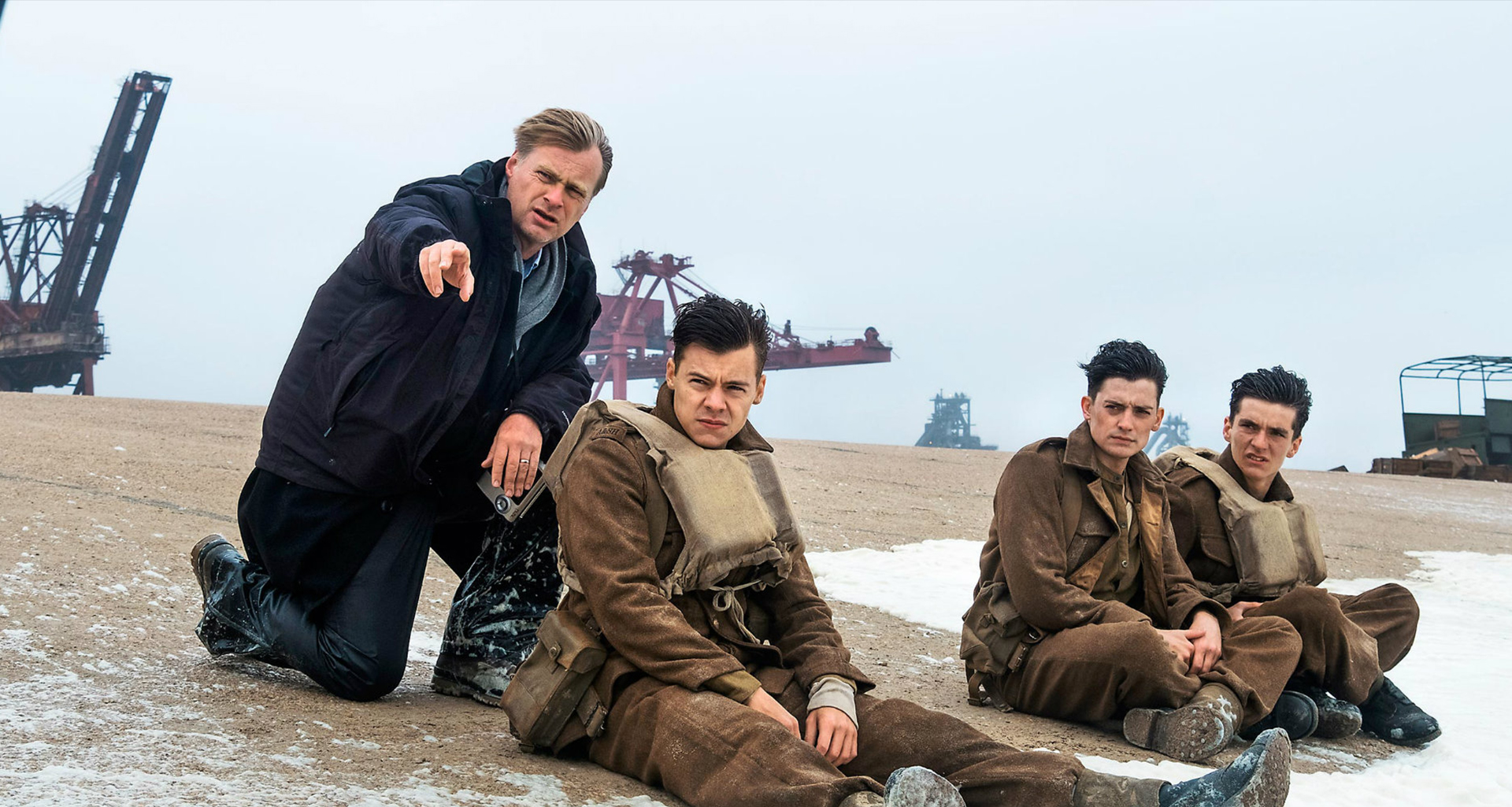
Production Manager
Unlike the director, the production manager supervises the physical aspects of the production instead of the creative side. It includes arranging and recruiting the rest of the crew, providing needed technology, and scheduling things mostly considering the budget. So s/he controls the money and the stuff that the film production needs. The production manager controls costs for day-to-day operating, crew salaries, production, and equipment rental.
Collaboration Of The Three
Now we know that these three roles have separate responsibilities that enable the team to go in the right direction until the end of the project. But like other team managers, these three need to collaborate on some specific areas that need their unanimous decision. One of the cases that they need to talk about is the workflow of the project and the How of the process. They create a workflow that prioritizes the activities both for behind and in front of the camera. They also create the culture within the team during the project to make sure that the teamwork is happening to the most. This team culture can determine the openness of the team to new ideas and changes. They also brainstorm on how to use resources that are budget-friendly and aligns with the production needs. So the collaboration of the producer, director, and production manager is crucial to improve the smoothness of the film project, now let’s see what stages are included in a film project.
Stages Of The Project
Just like any other project, a film project has several steps to go through from the beginning to the end. Although a creative project seems to have no strict procedure and it’s somehow true, a film often needs steps with chronological order to make sure that one thing leads to another as intended. Below are the standard stages of a film project.
Development
This is where the writer which is sometimes the director, writes the script to be able to present it to producers/studios. Then it’s time for planning and setting the budget for the film project. It’s also the time to do auditions and choose the cast, list the locations, and writing different versions of the script. They also create storyboards during the development stage to clarify the vision of the film.
Pre-Production
This is when the team managers check the locations and do the paperwork for them. In this stage, the cast is chosen, sets and costumes are created and the crew members are lined up. Preps and rehearsal also happen during pre-production to make sure everything will happen smoothly in the next stage. The budget estimation also might get changed a bit during pre-production to be more precise.
Production
As soon as everything is ready and planned, the cameras start rolling and the production stage goes on. This is sometimes the shortest part comparing to other stages, but needs a very careful attempt in order to avoid the directors saying, “we’ll fix it in post”. It’s the base of post-production especially in VFX-heavy movies like the Marvel films so there are times that the post-production supervisor is also present in the shooting, and tells the directors about what they need in the footage to be able to add visual effects more professionally.

Post-Production
After shooting well-crafted footage in the production stage, it’s time to make a movie out of that raw footage. Post-production is where the rough cut, sound design, music, titles, and VFX are applied to the footage and create the film. It’s also where directors need the most professional post-production artists to have a professional product that appeals to the audience. This is why directors and post-production supervisors tend to use the latest technologies to connect the editors together and create an efficient online post-production workflow by using post-production collaboration platforms to enable their team to work with ease and flexibility.
Distribution
Once the post-production is completely done (studio or investors’ review is also included in many cases), it’s time to distribute the beautiful product that the team has been working on. There are different options based on budget and availability to show the movie to the audience. Distribution channels like movie theaters, television, home video, digital media, and streaming websites, which are the new members of this list. The process also includes the marketing and advertising campaigns that in some cases start even before finishing the film as the success of the project relies on it so much.
All in all, a film comes together successfully, when a good, creative team knows how to work the film out and team leaders know how to manage the project from A to Z. But these classifications and strategies are only good on paper if you don’t know how to customize them to your project’s needs, so be creative and make your own version of the process.
